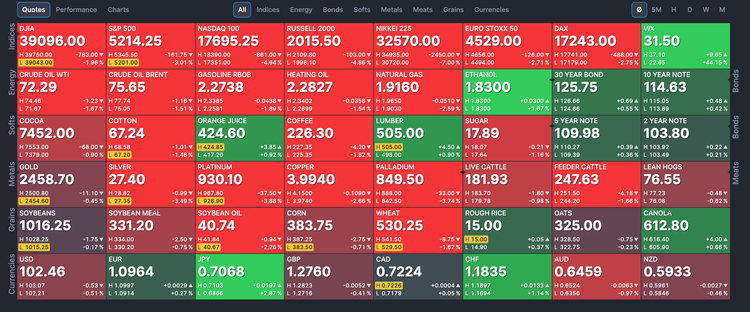Transform Your Day Trading: Effective Business Strategies for Consistent Success

Day trading, the practice of buying and selling financial instruments within the same trading day, is often perceived as a high-risk, high-reward activity - some liken it to gambling! However, by treating day trading like a business, traders can significantly improve their chances of success. This involves adopting structured routines, understanding risk and reward, and meticulously planning position entries and exits.
Setting Up Morning Routines
A successful day in trading often starts with a well-structured morning routine. Just as a business professional prepares for the workday, a day trader should prepare for the trading day. This routine should begin with a review of market news and updates. Understanding the economic calendar, company earnings reports, and geopolitical events can provide crucial context for the day's trading activities.
Next, traders should review their watchlists and update any necessary information. This involves analyzing charts and identifying potential trading opportunities based on technical and fundamental analysis. Pre-market analysis helps traders develop a game plan, identifying key levels of support and resistance, and potential entry and exit points.
Additionally, physical and mental preparation is crucial. Engaging in activities such as light exercise, meditation, or a healthy breakfast can help traders maintain focus and reduce stress. Just like athletes prepare their bodies for competition, traders need to prepare their minds for the fast-paced trading environment. A disciplined morning routine sets the tone for a disciplined trading day.
Understanding Risk and Reward
In day trading, understanding and managing risk is paramount. Successful traders treat risk management as the cornerstone of their trading business. This involves setting strict rules for how much capital to risk on each trade, often defined as a percentage of the trading account. For example, many traders adhere to the 1-2% rule, risking no more than 1-2% of their total capital on a single trade.
Equally important is understanding the reward potential. Traders need to identify trades where the potential reward outweighs the risk, often aiming for a risk-reward ratio of at least 2:1. This means that the potential profit from a trade should be at least twice the amount of risk taken. By consistently applying this principle, traders can ensure that their profitable trades outweigh their losses over time.
Moreover, traders should always have a stop-loss order in place. A stop-loss is a predefined price level at which a trade will be automatically closed to prevent further losses. This is akin to a safety net, ensuring that losses do not spiral out of control. Risk management is not just about preventing losses, but also about preserving capital for future opportunities.
It's worth repeating: know and manage your risk!
Knowing Your Position Entries and Exits
Planning and executing position entries and exits is a critical component of treating day trading like a business. Traders need to have a clear strategy for entering trades. This involves identifying specific conditions or signals that must be met before a trade is initiated. These signals can be based on technical indicators, chart patterns, or fundamental analysis.
For example, a trader might decide to enter a position when a stock breaks above a key resistance level on high volume, indicating potential for further upward movement. Alternatively, they might use indicators like the Relative Strength Index (RSI) to identify overbought or oversold conditions.
Exits are equally important and should be planned with precision. Traders should set profit targets and adhere to them, ensuring that they lock in gains when the market moves in their favor. Additionally, trailing stops can be used to maximize profits while protecting against sudden reversals. A trailing stop adjusts the stop-loss level as the price moves in the trader's favor, securing profits while allowing for continued gains.
By having well-defined entry and exit strategies, traders can avoid emotional decision-making and stick to their business plan. This disciplined approach helps in maintaining consistency and improving overall trading performance.
In the end...
To sum this up, treating day trading like a business requires discipline, preparation, and a strategic approach. By establishing structured morning routines, understanding and managing risk and reward, and meticulously planning position entries and exits, traders can create a robust framework for success.
However, it is crucial to remember that the key to treating day trading as a business is adherence to stone-cold rules. Consistency and discipline in following these rules can transform day trading from a speculative activity into a professional business endeavor.
Get more with Premium







Member discussion